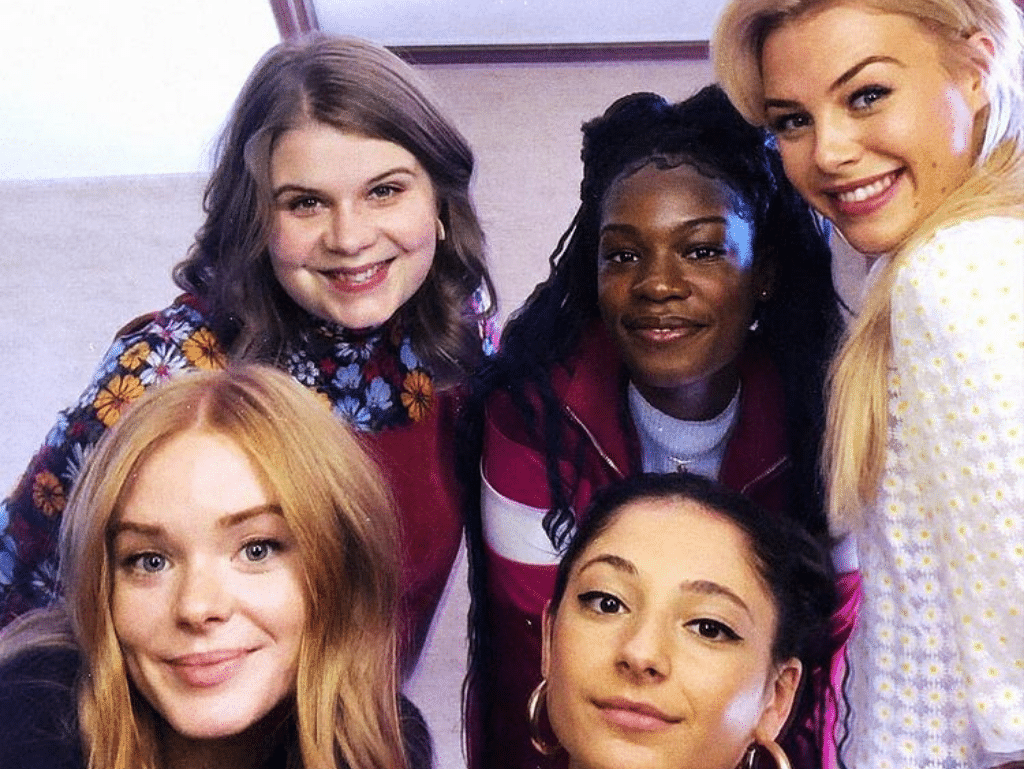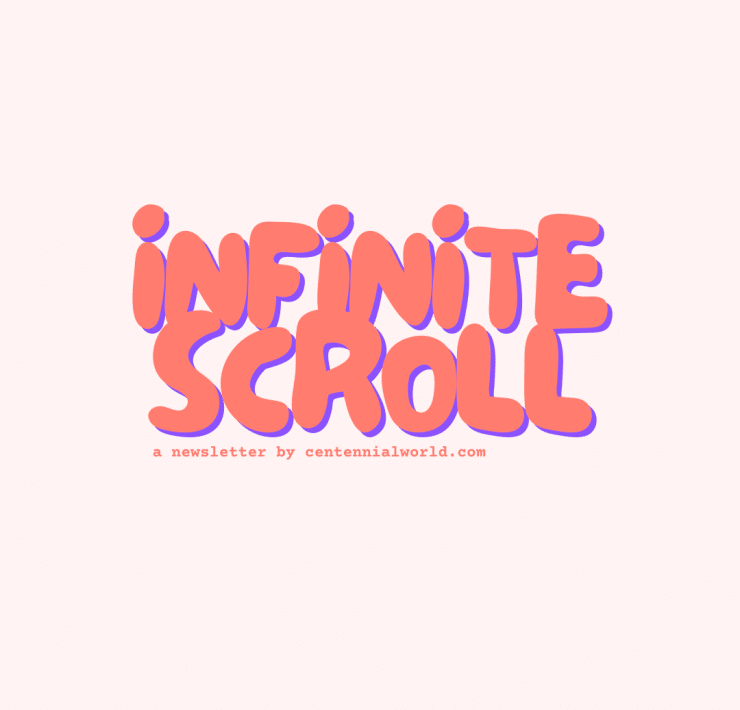
From one Netflix obsession to the next— it seems the gaping hole left after bingeing Bridgerton in a single night has been filled by a new series dominating the streaming service’s Top 10: Fate: The Winx Saga.
Created in 2004, the English/Italian show (co-produced by Nickelodeon) known as Winx Club originally debuted as an animated series: the eight-season storyline following a group of fairy warriors who share an apartment on campus at elite school, Alfea College; where they learn to control and strengthen their respective magical powers. Heralded as a game-changer in the fantasy genre, the animated version is and was loved for the incorporation of a diverse cast and storyline, something Twitter quickly recognised was not translated to the live-action remake.
Y’all I cannot describe how mad this makes me. As a child I love loved Flora because she not only had nature powers, which were my favorite at the time, but she was Hispanic!! As a young Hispanic girl growing up we basically had no rep and this is beyond wrong. #winx #Flora pic.twitter.com/WM3OSdpzo5
— Mara | really sleepy (@eclipsenthusias) December 10, 2020
If you’re not completely familiar with the cult-Y2K series, they may have seemed largely similar, however for those in the know, the live-action adaptation has fallen tragically short in representing the characters they knew and loved from the animated original. This is not to say the original series wasn’t flawed it its own ways (writer Iginio Straffi has been implicated on Twitter in having a history of racist transgressions), however, in the almost two decades since its original debut and with an onus on Netflix in creating the remake, the bar (and rightly so), was set significantly higher.
While Bloom, played by Abigail Cowen, remains the same in both, the redheaded ring leader of the club imbued with the powers of Dragon Fire is seemingly the only accurate translation. When it comes to the remaining characters of the Winx Club, members have either been completely omitted (such as Tecna, the fairy of technology) or have been widely noticed as having been completely white-washed during casting.
Flora, the original fairy of nature, who was widely expected to be Latinx (Jennifer Lopez was said to be the inspiration), has been replaced by a character named Terra, played by Eliot Salt, a caucasian American actress. Similarly, Musa, the fairy of music in the original series and the fairy of mind in the adaptation (said to be inspired by Lucy Liu) is well-known to have been of Asian descent, raising concerns as to the casting of Elisha Applebaum. While some sources say the actress is of Singaporean descent, the overwhelming majority are frustrated by her white-passing appearance.
Additionally, Twitter users have mentioned Aisha’s role, the fairy of waves, played by Nigerian-English actress Precious Mustapha; largely revolves around supporting Bloom as the main character, a typecast PoC are seemingly written into again and again, as a device to avoid their own character development or nuanced storyline. Other concerns were also brought forward online, including how Aisha’s hair was done, raising the question of whether or not a PoC hairstylist was present on set.
2. This adaptation is NOT it chief! She has no story, or development. So they have nothing for her. Everything about is Always about Bloom, they never get to talk about her, nor does he have any solo scenes. She’s gonna be the least desirable here, she’s getting nothing at all.
— ᗩᑎᗪ ᗪᗩTᔕ Oᑎ ᑭᕼᗩᑎTOᗰ TᖇOᑌᑭᗴ ?? (@DazzlingJoolz) January 24, 2021
As it goes with cult-like followings, remakes or book adaptations never satisfy the entirety of a fan base. And while the series did make some progressive moves, discussions around racism, amongst others of homophobia and fat-phobia dominating the conversation surrounding the release of the show, are not it in 2021.
It is yet to be announced whether the series will be renewed for a second season on Netflix, however the first six episodes left plenty to be desired for OG fans. Many on Twitter are calling for a boycott unless a serious overhaul in casting is considered.


